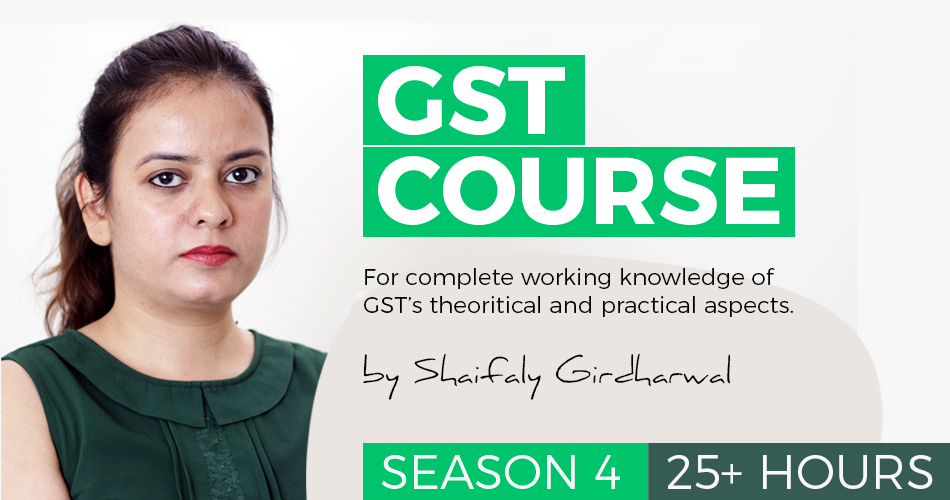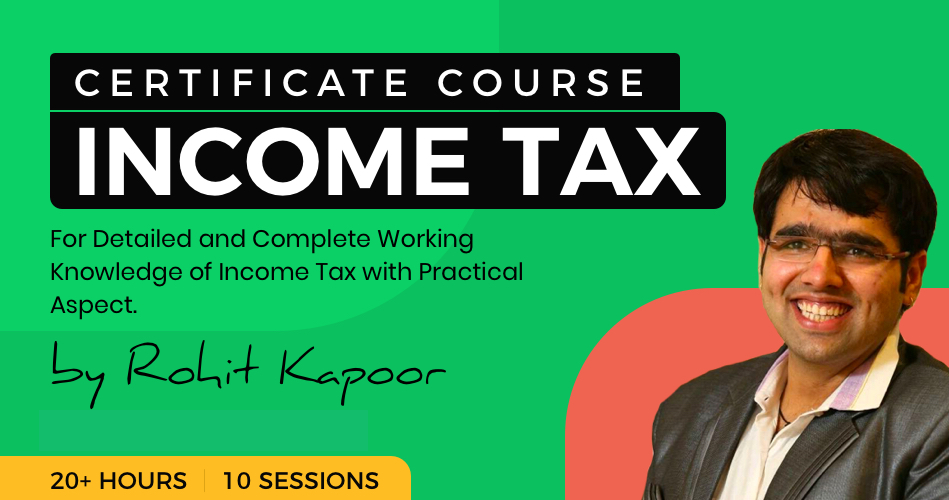Join our free webinar on 5th June (5 PM- 6 PM) on Basic Concepts of Transfer Pricing with Case Studies by Ashutosh Mohan Rastogi
Table of Contents
About the Course:
This webinar is specially designed for working professionals, including lawyers and chartered accountants working in the field of Transfer Pricing. The focus of the webinar is to give a clear understanding of Transfer Pricing basics; its scope and applicability as per the Indian Regulations as well as the OECD framework; and the concept of arm’s length range and multiple-year data. The webinar also touches upon the impact of the COVID environment on Transfer Pricing with suggestions for multinationals and the government to address the situation. The webinar also covers the topic of Transfer Pricing methods; the evolution of these methods in India and an in-depth analysis of the economics underlying these methods. The applicability, benefits, and limitations of the methods are explained at length with the help of examples and case studies that highlight the most contentious issues arising out of the application of these methods. Another essential topic- Transfer Pricing formulation is also covered in this webinar. From explaining the concept and rationale of having a Transfer Pricing policy; the webinar delves its ingredients, its implementation at the transaction level (macro and micro) in a multinational, supply chain management, the concept of significant people functions, and intercompany agreements.
About the course creator:
Ashutosh has successfully represented several multinational companies before tax authorities in Transfer Pricing/ International Tax audits and provides Transfer Pricing planning documentation services, Transfer Pricing Documentation, preparation of Local, Master files and CbCR, Transfer Pricing Planning Profit Benchmarking, Transfer Pricing Audit Defense, Transfer Pricing Litigation (before Transfer Pricing Officers, and higher Courts).
Fees:
It is a free webinar.
Link to the webinar:
 ConsultEase Administrator
ConsultEase Administrator
Consultant
Faridabad, India
As a Consultease Administrator, I'm responsible for the smooth administration of our portal. Reach out to me in case you need help.








